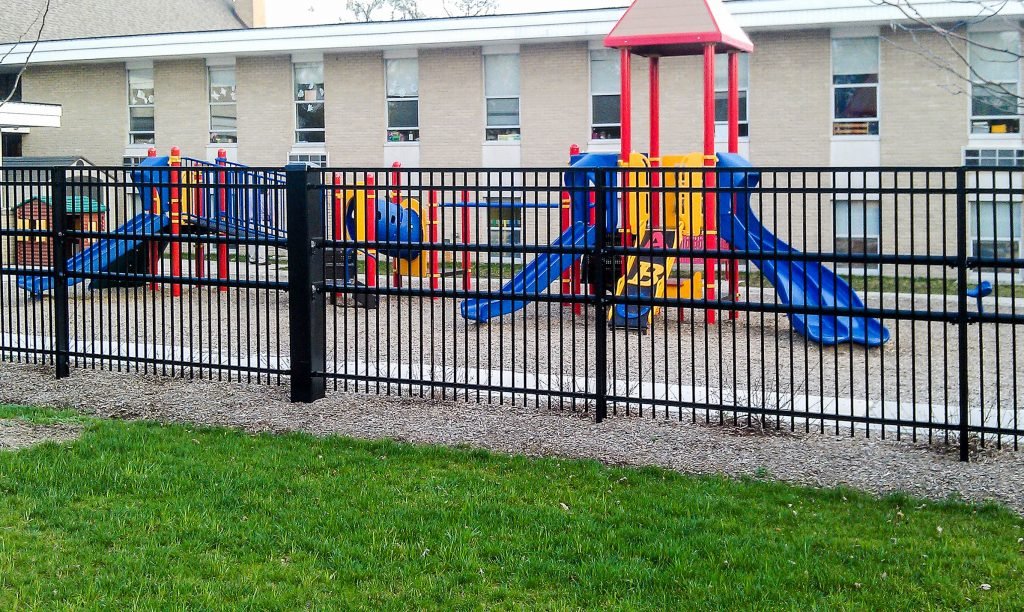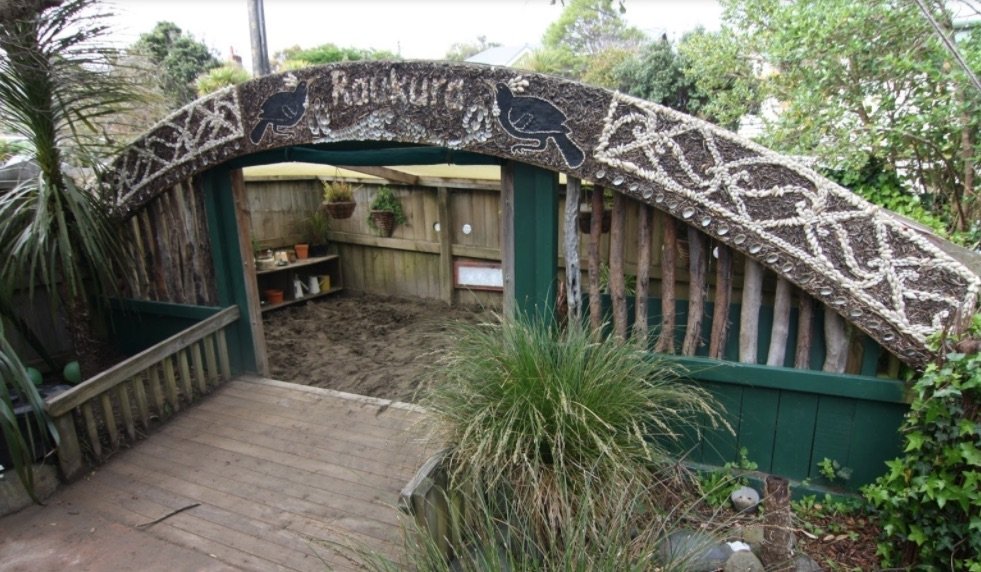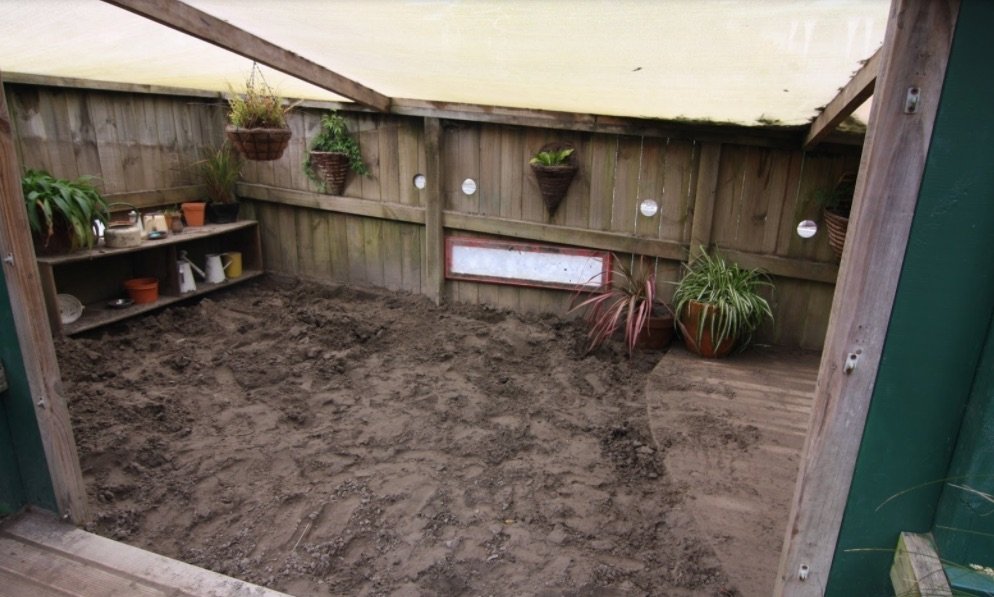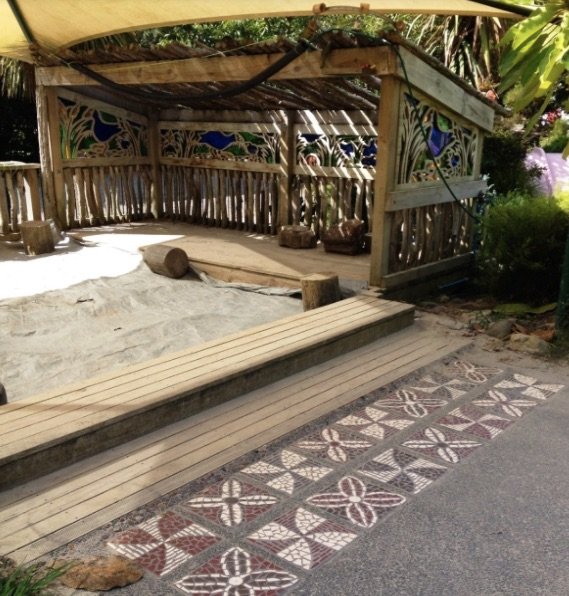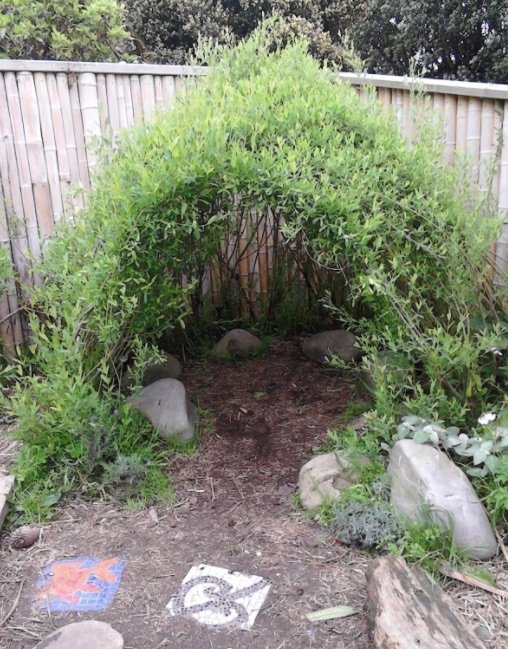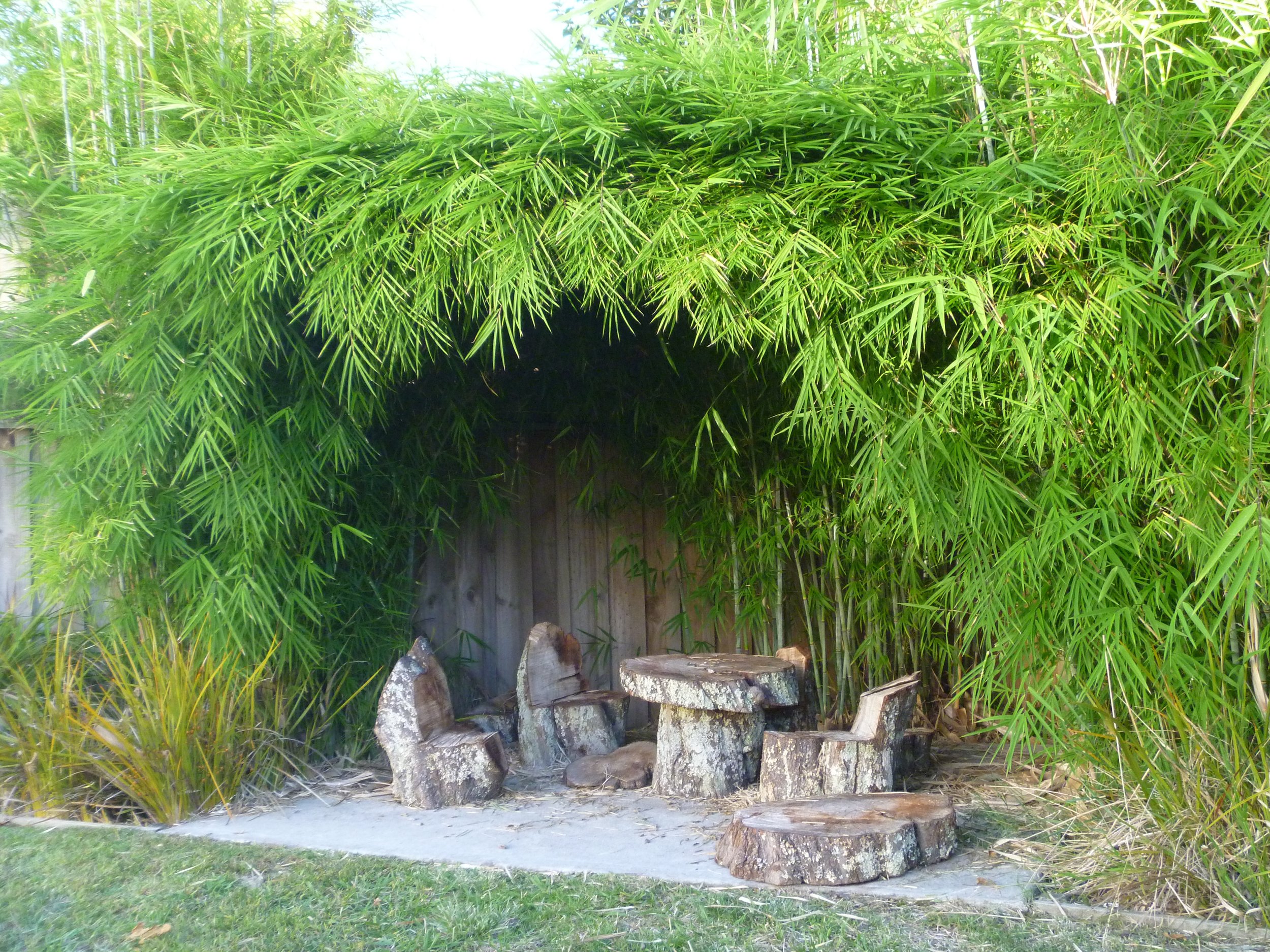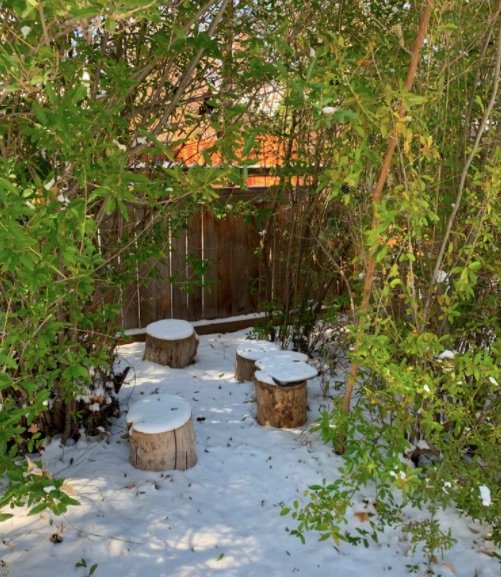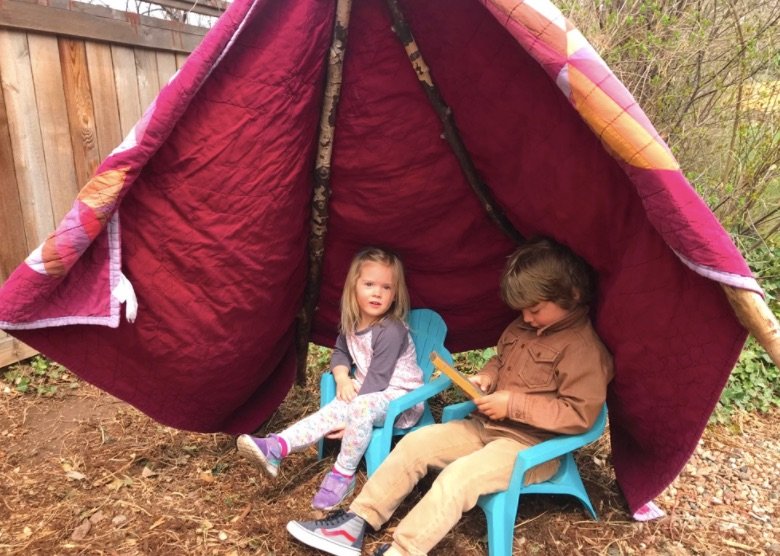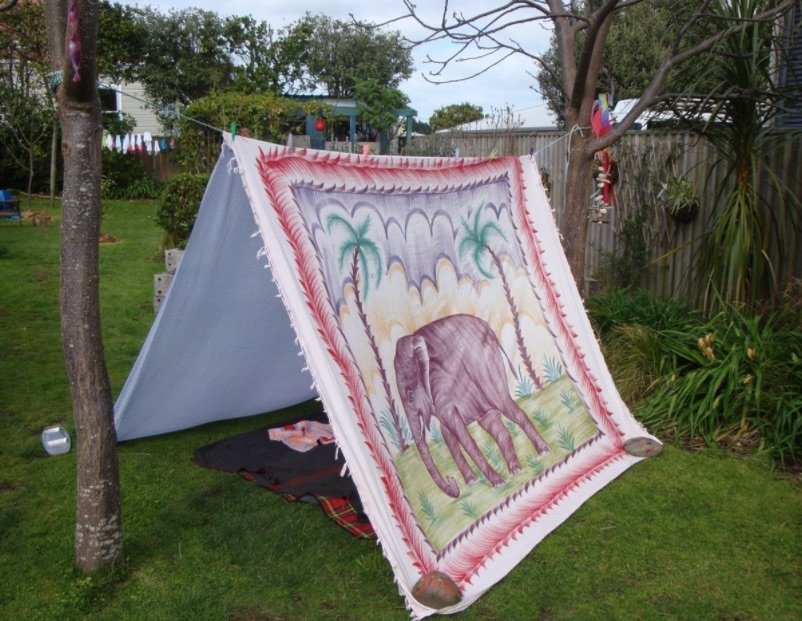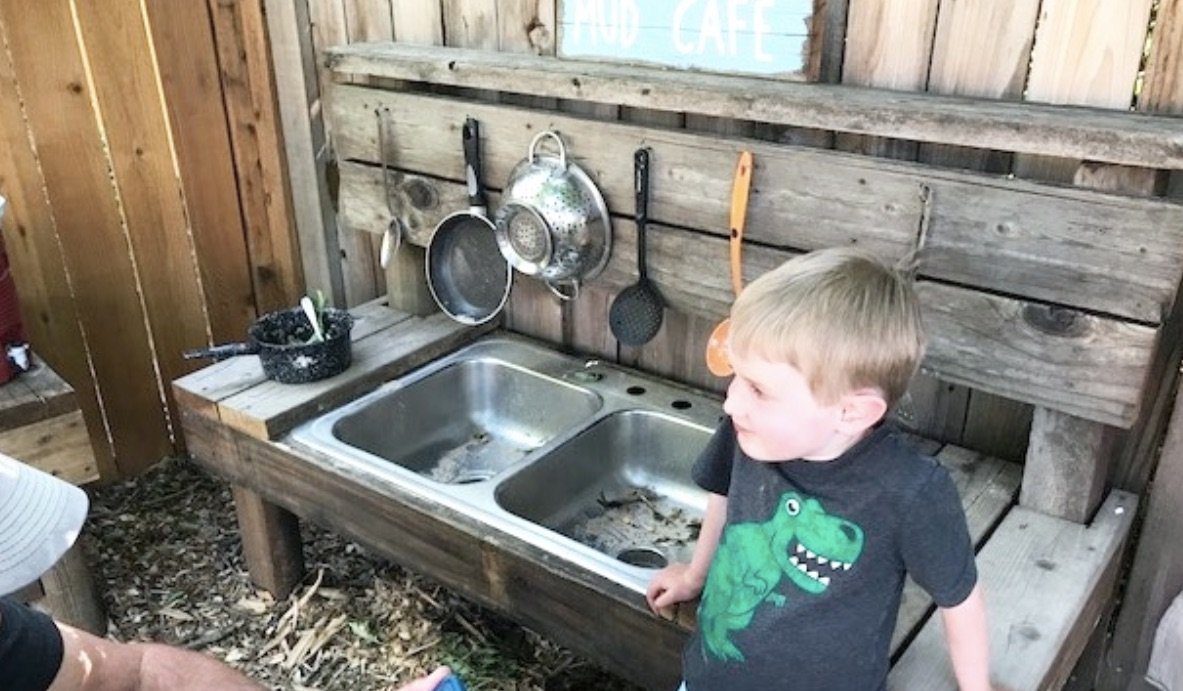Nature Playgrounds in Early Childhood: Creating Protected Spaces for Children
Photo credit: Robin and Toni Christie from Childspace Workshop in New Zealand
Think back to your own childhood. Did you have a treehouse, a fort in the backyard, or a secret cluster of trees where you played until dark? Those special hideaways weren’t just fun — they were places of safety, imagination, and freedom.
The idea of creating these kinds of protected spaces in early childhood environments has been championed by Robin and Toni Christie of Childspace Workshop in New Zealand. Their work has inspired educators worldwide to design small, tucked-away areas in nature playgrounds where children can play without interruption, use their imaginations, and regulate their emotions. In Reggio-inspired and nature-based classrooms, protected spaces are now seen as a foundational principle in outdoor learning design.
What Are Protected Spaces?
Protected spaces are corners, nooks, or hideaways in a natural play area that children can make their own. They don’t need to be large — often they are small spaces created with plants, logs, playhouses, or movable structures.
Why they matter:
Encourage imaginative play – Children create stories, worlds, and adventures when they feel ownership of a space.
Support self-regulation – A quiet, enclosed spot helps children manage big emotions and find calm.
Foster collaboration – Small protected areas encourage teamwork and deeper, more focused play.
Build confidence – When children have a place to retreat to, they feel secure and free to take risks in play.
Ideas for Creating Protected Spaces in a Natural Playground
1. Sand Villages
A sand play area becomes magical when designed as a “sand village” with only one entry and exit. Adding materials like water, plants, and loose parts encourages children to dig, build, and create stories together.
Sand villages also support schemas such as:
Transporting – moving materials from one place to another
Transforming – changing sand, water, or mud through mixing
Enclosing/Enveloping – surrounding or covering objects in play
2. Magical Hideaways in Nature
Trees, shrubs, or vines can become natural hideouts. A cluster of bushes may turn into an “elevator” to another world, or the low-hanging branches of a mulberry tree can create a cozy fort. These spaces feel secret and special, sparking imaginative adventures.
3. Transient Protected Spaces
Not all protected spaces need to be permanent. Moveable structures like tents, teepees, or lightweight frames covered with fabric can be set up and taken down easily. These provide shade, invite dramatic play, and offer children flexible spaces to explore.
4. Other Ideas for Protected Spaces
Protected areas can take many forms, depending on your space and materials:
A mud kitchen tucked into a corner
A small playhouse with loose parts nearby
Hammocks strung between trees
Cozy nooks created with logs, stumps, or recycled materials
The key is to create areas where children can immerse themselves in uninterrupted play.
How to Get Started
You don’t need a large budget or major landscaping to create protected spaces. Start by:
Mapping your outdoor area – Identify corners or underused spaces.
Adding natural elements – Plants, logs, or branches can transform open spaces into hideaways.
Observing children – Notice where they naturally gather or create secret spots, and enhance those areas.
Keeping it flexible – Let children help design and move spaces so they feel a sense of ownership.
Final Thoughts
Protected spaces are more than cozy hideouts — they are essential elements of nature playgrounds in early childhood. These spaces invite imagination, foster independence, and support emotional well-being.
When we design outdoor environments with children’s needs in mind, we create not just play areas, but places of belonging, discovery, and joy.
Want more guidance on designing Reggio-inspired outdoor classrooms? Our Reggio-Inspired Educator’s Course offers practical tools, design strategies, and real-life examples to help you bring these ideas to life.
About the Authors:
Megan Haynes and Priscilla Patti are two highly experienced and qualified early childhood educators who are passionate about teaching in a Reggio-Inspired way. They firmly believe in its transformative power in early childhood education. The authors share firsthand accounts of their experiences utilizing the Reggio Emilia Approach in Fort Collins, Colorado.


